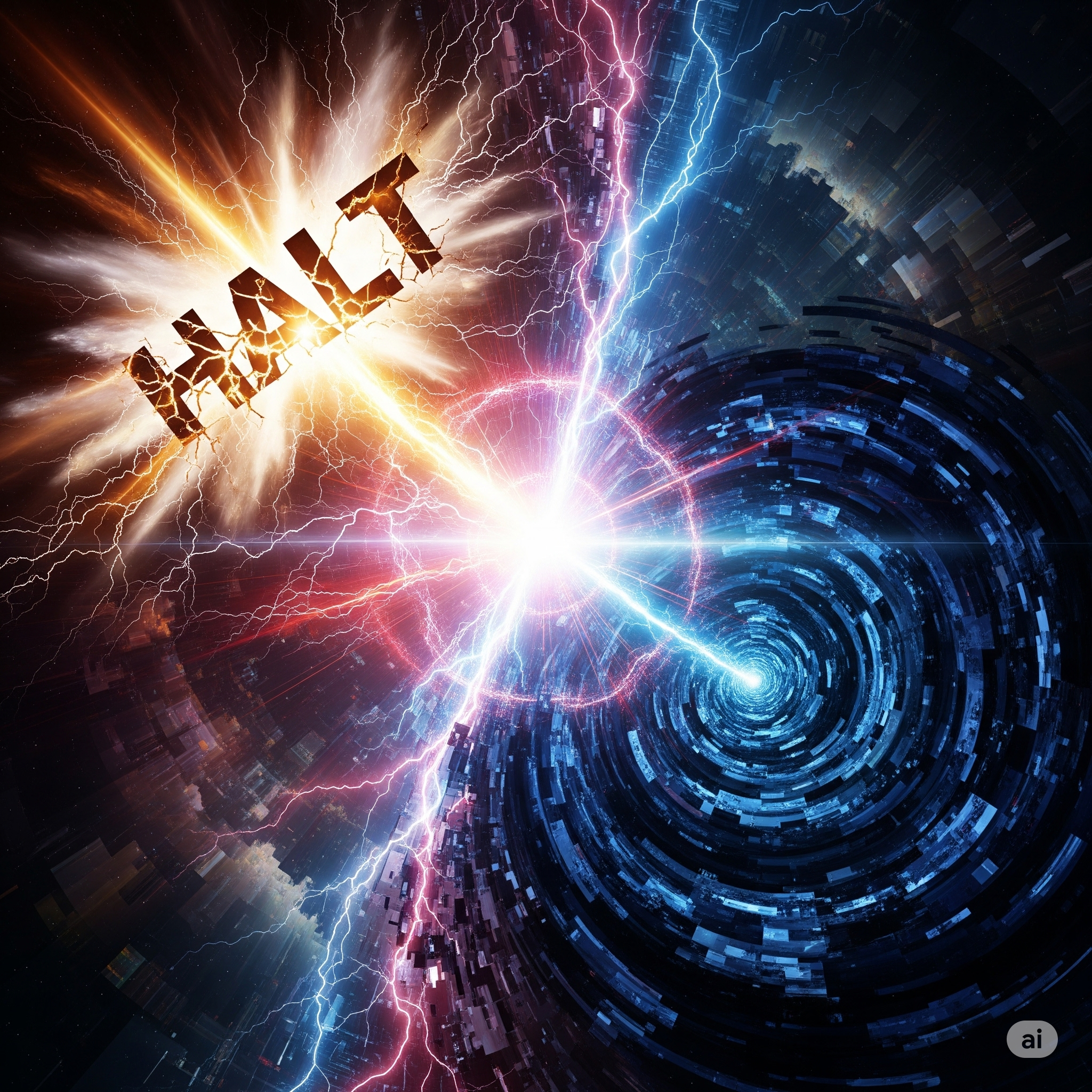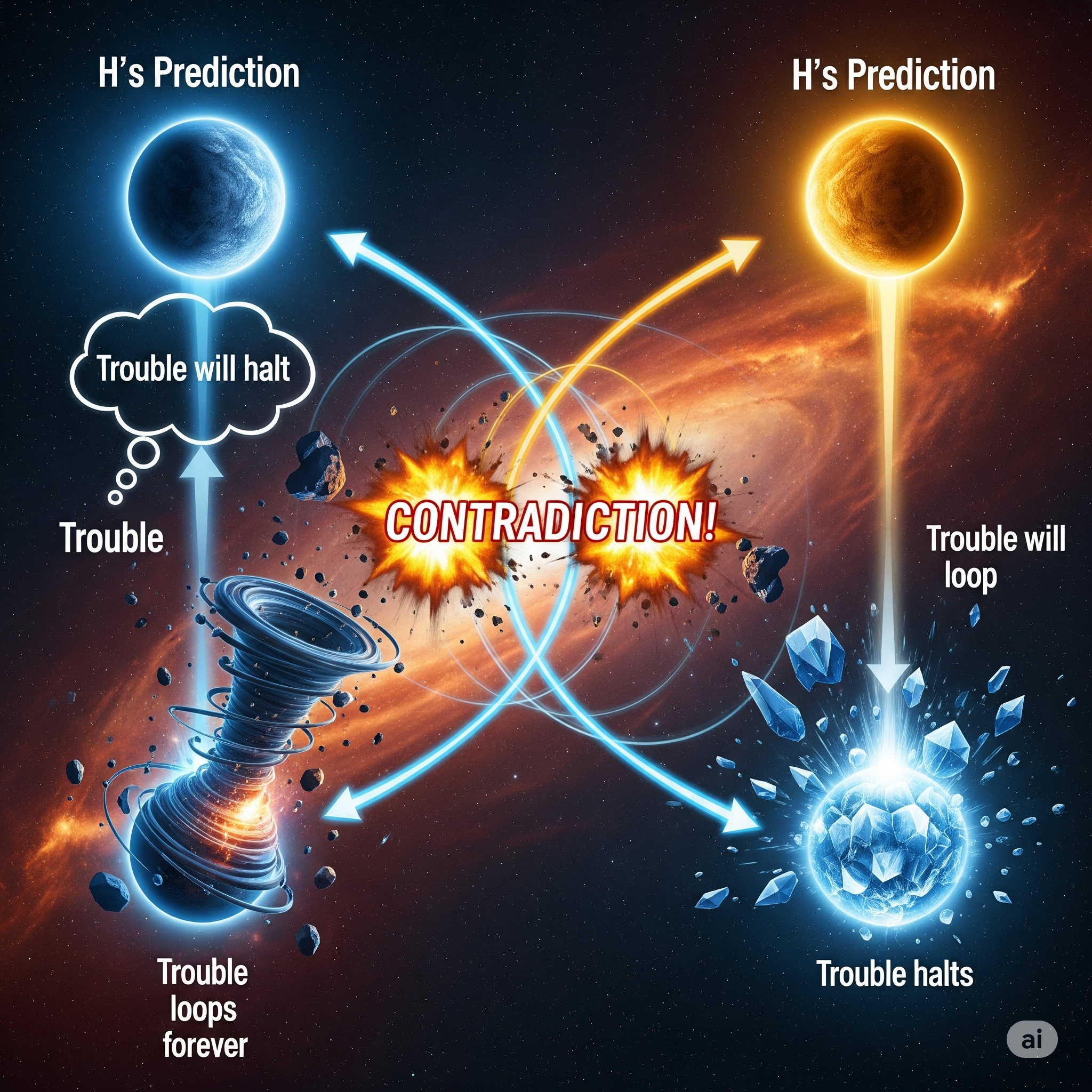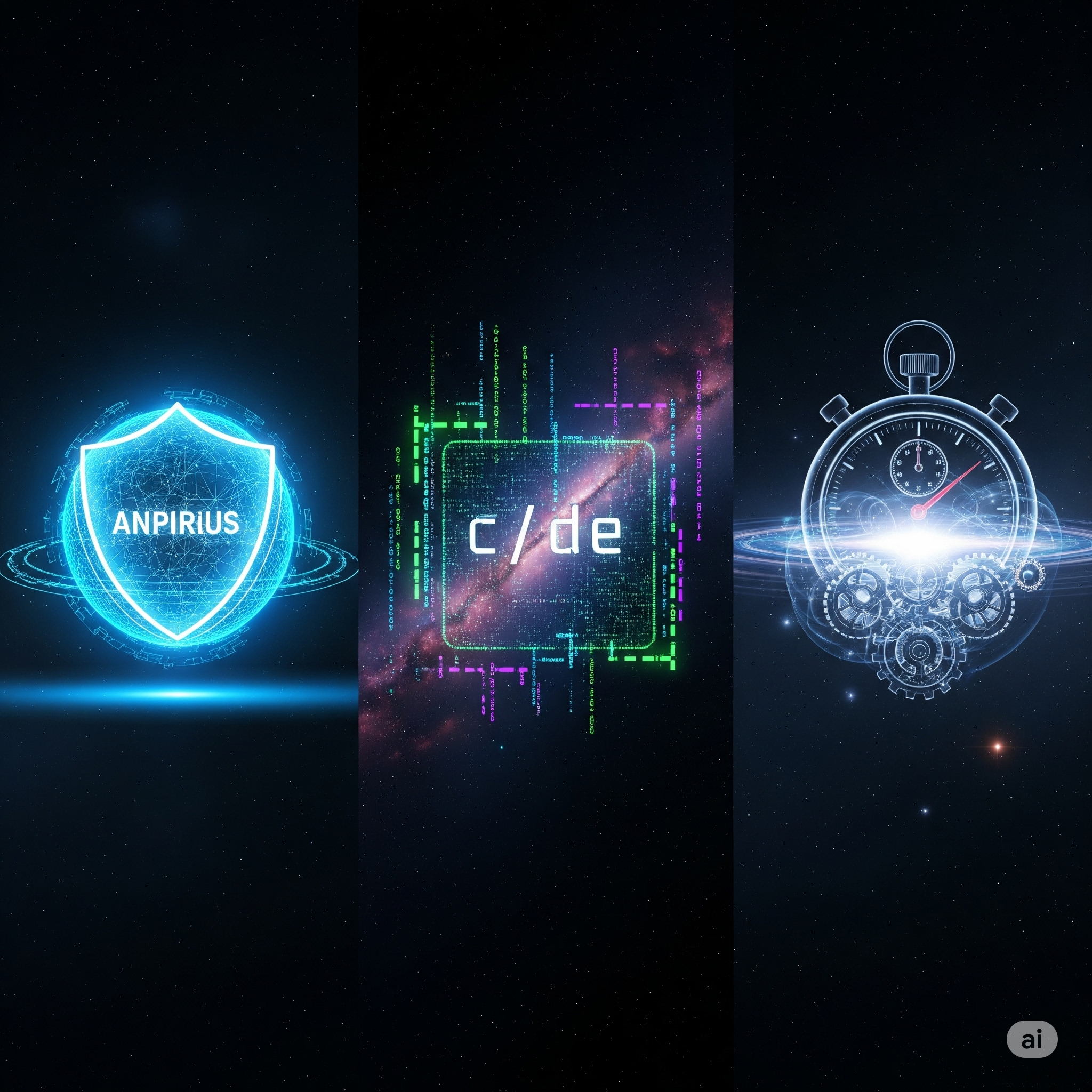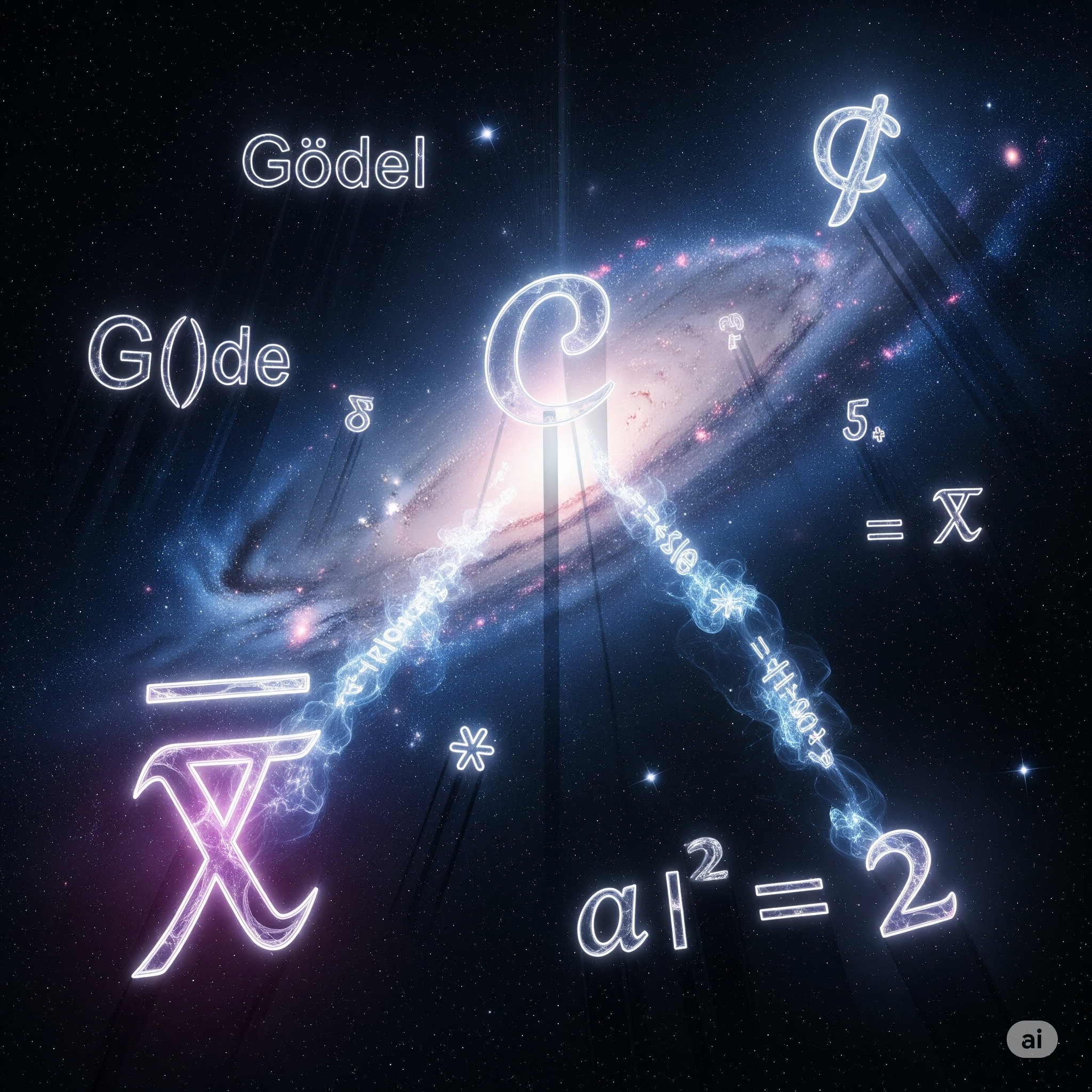
The Program That Cannot Be Written!
Understanding the Halting Problem
Welcome, everyone! This is an ACM Tech Talk, a glimpse into the very foundations of Computer Science, where paradoxes break programs, proofs outruun prediction and computers meet their philosophical match
Aryan Ghosh and Mohak Sarkar
ACM HITK Student Chapter
A World of Paradoxes
Before we dive into the deep end of computer science, let's warm up with some mind-bending logical paradoxes. These aren't just riddles—they reveal fundamental limits to logic itself.
The Liar Paradox
"This statement is False". A simple sentence that breaks logic. If it's true, it's false. If it's false, it's true. It's a logical loop.
The Barber Paradox
A barber shaves only those men who do not shave themselves. Who then shaves the barber?
From a Dream to a Machine
Our story begins with a grand vision for mathematics and the man who challenged it, setting the stage for modern computing.
David Hilbert's Dream
The "Entscheidungsproblem" (Decision Problem): Could we create a mechanical procedure to solve every mathematical problem?
The Plot Twist: Alan Turing
A young genius who proved that Hilbert's dream was, ironically, impossible to compute, laying the foundation for all modern computers.

What is a Turing Machine?
The simplest computer that could do everything, born from a thought experiment.
The Tape
An infinite strip of paper acting as the machine's memory, like your RAM.
The Head
A read/write device that moves along the tape, functioning as the CPU.
The Rules
A finite set of instructions that the machine follows to perform its task, like your code.
The Big Idea: This simple machine could, in theory, simulate any algorithm, proving the universality of computation.

The Halting Problem Defined
Imagine you're a programmer and you have to know if a program will ever stop. The Halting Problem asks a simple, yet impossible question:
Can we create a universal program H that takes any program P and its input I, and definitively tells us:
"Yes, it will halt (stop)."
"No, it will loop forever."
Turing proved this magical "HALT-MAN" program is impossible to write for all cases.

A Sneaky Program to Break the Rules
Turing's genius was in a proof by contradiction. He assumed a universal program H exists, then constructed a clever program to make H lie.
We'll assume our magical program H exists. Then, we write a new, clever program called Trouble:
def Trouble(P):
# Using our hypothetical program H
if H(P, P) == True: # If H says P halts...
loop_forever() # ...we make Trouble loop forever
else: # If H says P loops...
halt() # ...we make Trouble haltNow, what happens when we feed Trouble into itself?

The Moment of Contradiction
When we try to run `Trouble(Trouble)`, the program's behavior forces the universal halting checker `H` to contradict itself every time.
Scenario 1: H says Trouble will halt...
...then Trouble is forced to loop forever. A CONTRADICTION!
Scenario 2: H says Trouble will loop...
...then Trouble is forced to halt. Another CONTRADICTION!
Since both logical possibilities fail, our initial assumption must be false. The program H cannot exist.

It's Not Just a Theory, It's Everywhere
This theoretical limitation has very real consequences for the software we use every day.
Virus Detection:
Antivirus can't perfectly predict malicious loops; they rely on heuristics and behavioral analysis.
Compilers & IDEs:
Warnings about infinite loops are educated guesses, not certainties, because of the Halting Problem.
LeetCode & HackerRank:
These platforms use strict time limits to stop your code, because they can't solve the Halting Problem for your code for you.
The "Schrödinger's Bug":
A bug that only appears when you're not looking, disappearing when you add a print() statement due to complex, unpredictable system states.

The Boundaries of Knowledge
The Halting Problem isn't a one-off. It opened the door to a whole field of "undecidable" problems that have no algorithmic solution.
Rice's Theorem
You can't programmatically check any non-trivial property of a program's output.
Busy Beaver Problem
It's impossible to find the program that runs the longest before halting.
Gödel's Incompleteness Theorems
There will always be mathematical truths that can't be proven within a formal system.

The Takeaway
We began with a problem that can't be solved. We've seen that some problems are not just hard—they are probably impossible.
The Halting Problem is a fundamental limit of computation that we work around, but can never solve.
"If Alan Turing were here, he wouldn't just give you a theorem—he'd hand you a mirror."
On behalf of ACM HITK, thank you for joining us.
Stay curious. Challenge the edges of logic. Break things.
